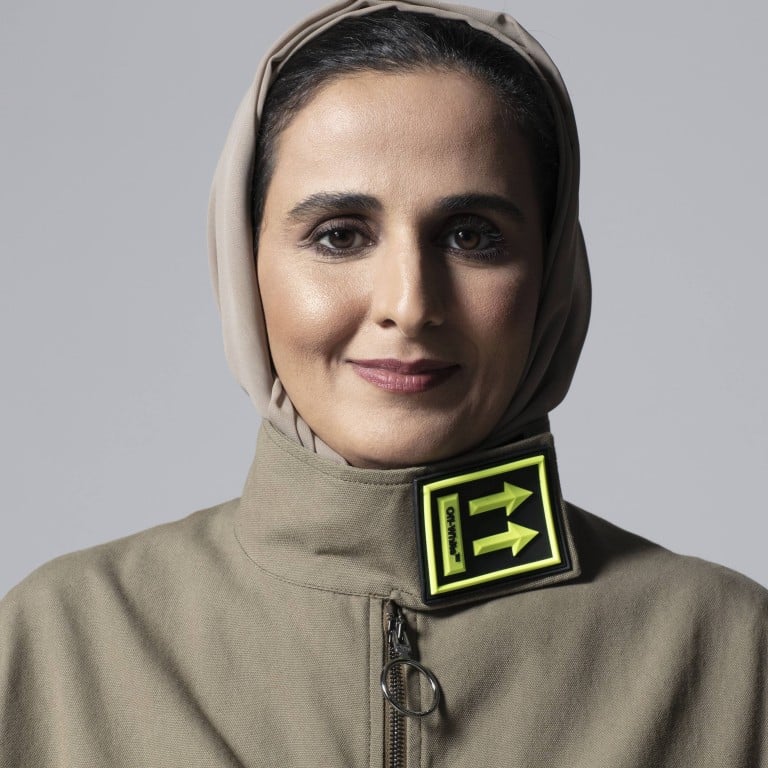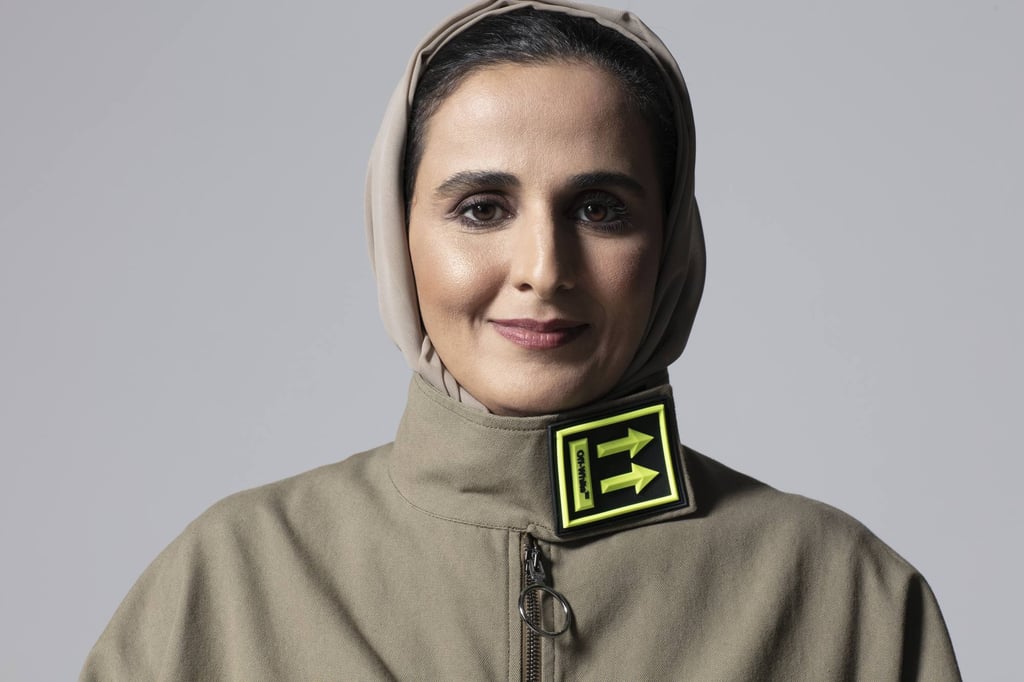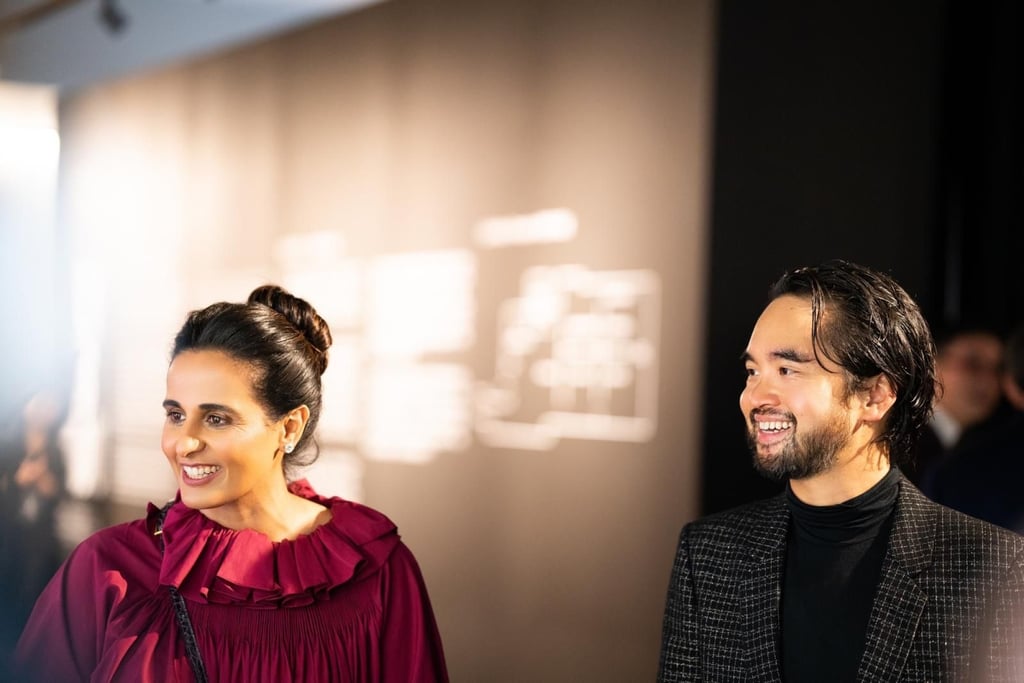Sheikha Al Mayassa, the art-loving royal putting Qatar on the map: ‘if you have money, you can build things – but you have to build something with a purpose’ – interview

- The sister of Qatar’s ruler and current chair of Qatari Museums, the ‘art sheika’ turned her back on a career in diplomacy – now she’s using art to build bridges and create cultural connections
- Style sat down for an interview with the Middle Eastern royal when she visited Hong Kong for Art Basel 2023 – and she came away impressed with M+ museum and Tai Kwun
When Sheikha Al Mayassa bint Hamad Al Thani graduated from university in 2005, as the daughter of Qatar’s then-ruling emir, she assumed she was destined for a life of foreign service and diplomacy work. Although she had always been passionate about the arts – even contemplating turning the novel Leo Africanus into a film while studying in the US – the royal never thought of making a career out of it.


If you have money, you can build things, but you have to build something with a purpose and that something has to bring value to the quality of life of the residents
In the few hours since landing that morning, she had already been to the Hong Kong Palace Museum, which exhibits artefacts from the National Palace Museum at the Forbidden City in Beijing, and Tai Kwun, the former Central Police Station Compound that was reborn as a culture and lifestyle destination. As someone who has promoted the repurposing of old buildings into cultural institutions, the sheika had been very impressed by the latter, adding that she loved the way it had become so integrated into its bustling neighbourhood in the heart of Hong Kong Island.

While Al Mayassa’s early plan to work in diplomacy never materialised, her role as the cultural leader of Qatar, and arguably the entire Middle East, is not that different from what diplomats do to foster exchange and collaboration between countries.
“When I was asked to work in the museum field I didn’t think much of it and didn’t realise I was going to be here all these years later – I thought it was going to be one project – but I got excited by how culture connects people and countries and sectors, I found it to be very powerful,” she says.
“It’s the opportunity to show things and make things and not just talk with words, but showing people things that they can experience. That’s why I’m excited about the Lusail Museum because it allows for so many different narratives to come out and opportunities for research.”
